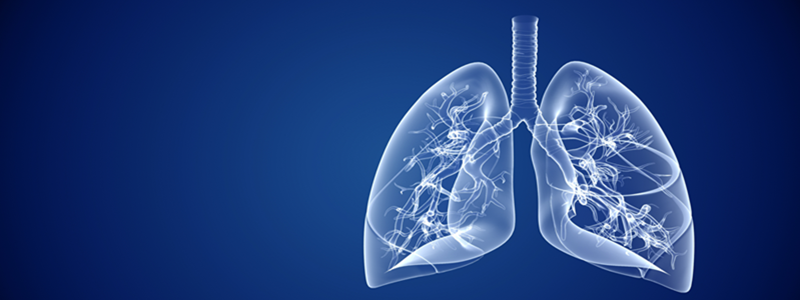At Care Net Consultants, we understand the importance of maintaining healthy lungs for overall well-being. Breathing techniques are valuable exercises that can help enhance your lung capacity and efficiency. Let’s explore some practical techniques you can incorporate into your daily routine to support better lung function:
Diaphragmatic Breathing
Diaphragmatic or belly or abdominal breathing focuses on engaging the diaphragm, the dome-shaped muscle between the chest and abdomen. This technique allows the lungs to expand fully, improving oxygen exchange and respiratory efficiency.
How to Practice Diaphragmatic Breathing:
- Find a Comfortable Position: Sit or lie down in a relaxed position, placing one hand on your chest and the other on your abdomen.
- Inhale Deeply: Breathe slowly through your nose, allowing your abdomen to rise as you fill your lungs with air. Your chest should remain relatively still.
- Exhale Completely: Slowly exhale through pursed lips, drawing your abdomen inward to expel air completely.
- Repeat: Practice diaphragmatic breathing for several minutes, focusing on deep, controlled breaths.
Pursed-Lip Breathing
Pursed-lip breathing helps prolong exhalation, keeping airways open longer and reducing the work of breathing. This technique can be beneficial for managing shortness of breath and improving overall lung function.
How to Practice Pursed-Lip Breathing:
- Inhale Slowly: Take a slow, deep breath through your nose for a count of two.
- Purse Your Lips: Pucker your lips as if you’re going to whistle or blow out a candle.
- Exhale Gradually: Exhale slowly and evenly through pursed lips for a count of four. Focus on making your exhalation longer than your inhalation.
- Repeat: Continue pursed-lip breathing for several breaths, maintaining a relaxed and steady rhythm.
Benefits of Breathing Techniques
- Enhanced Lung Capacity: Regular diaphragmatic and pursed-lip breathing practice can strengthen respiratory muscles and improve oxygen uptake.
- Reduced Breathlessness: These techniques help manage shortness of breath and support better respiratory function, especially for individuals with chronic lung conditions.
- Relaxation and Stress Reduction: Deep breathing promotes relaxation by activating the body’s parasympathetic nervous system, reducing stress and anxiety levels.
Incorporating Breathing Techniques into Your Routine
To reap the full benefits of breathing techniques, consider integrating them into your daily activities:
- Practice deep breathing exercises during meditation or relaxation sessions.
- Use pursed-lip breathing when performing physical activities or experiencing breathlessness.
- Start and end your day with a few minutes of focused breathing to promote calmness and improve lung function.
Incorporating these simple yet effective breathing techniques into your daily routine supports better lung function and overall respiratory health. At Care Net Consultants, we help you on your journey to maintaining healthy lungs and improving your quality of life. If you have any questions or would like personalised guidance on breathing exercises, please don’t hesitate to contact us.




